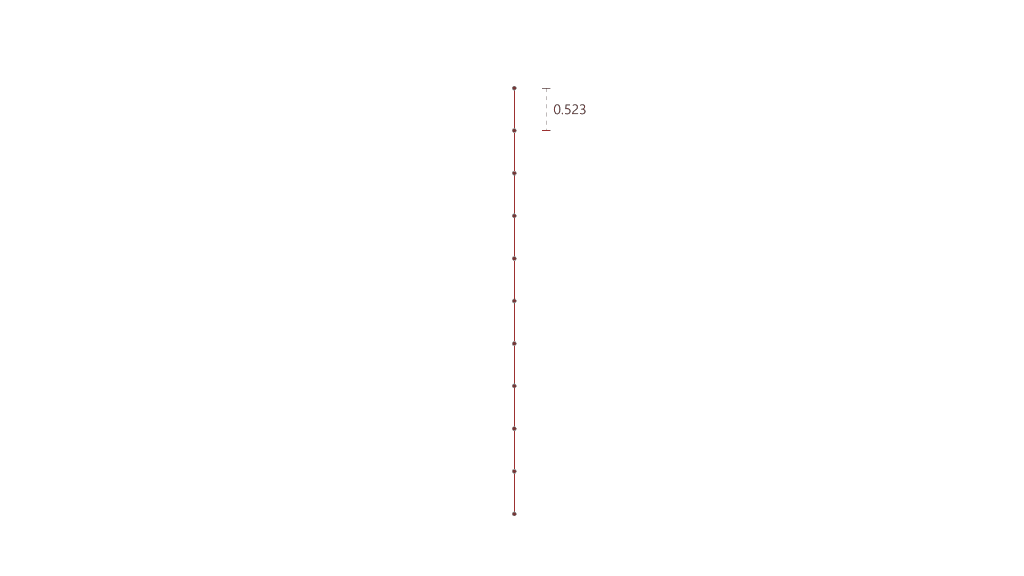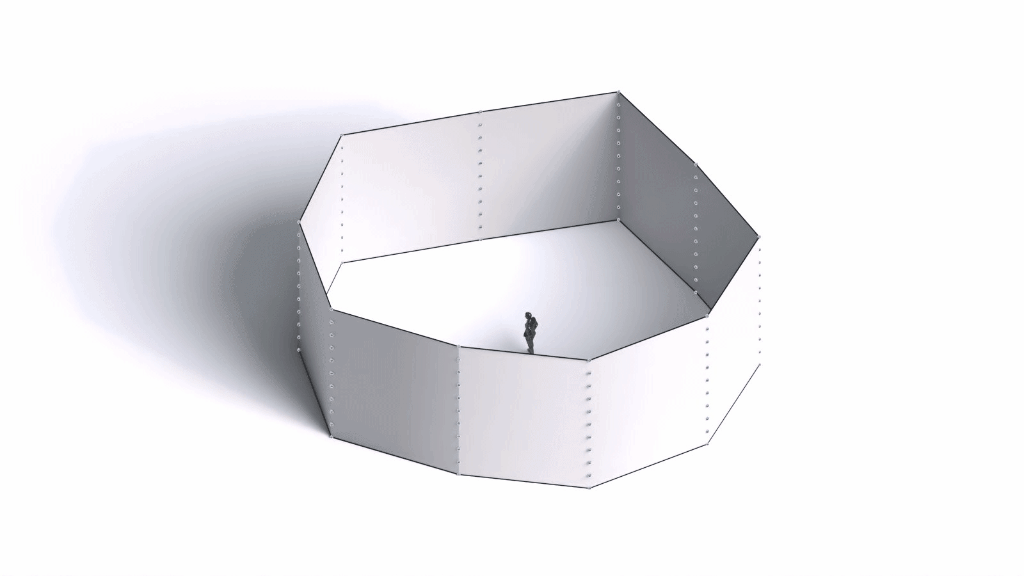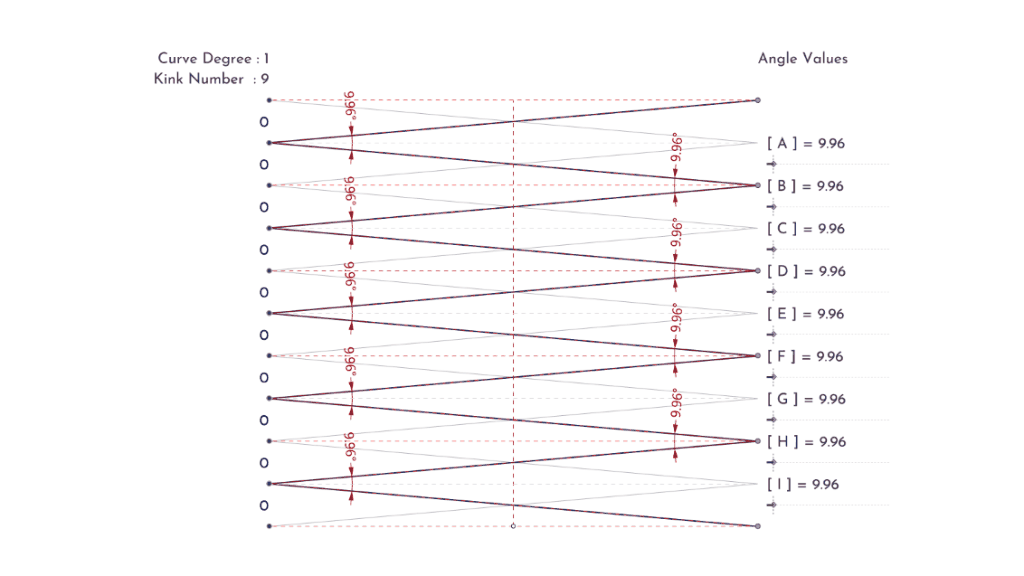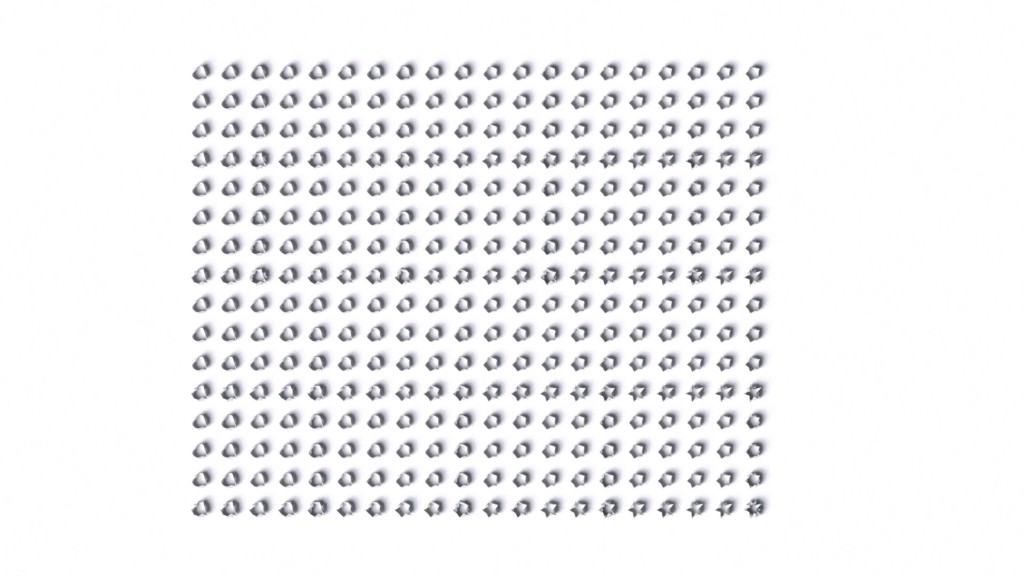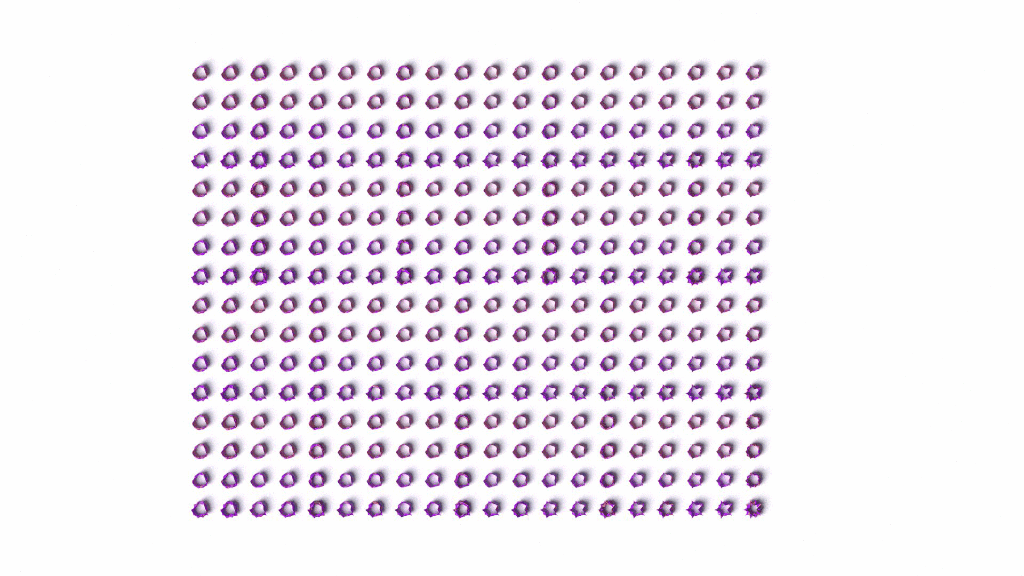A.I.
ARCHITECTURAL INTELLIGENCE
UNSUPERVISED – CLUSTERING
Architectural Intelligence aims to understand the relation between Architecture and Neuroscience, not only by studying the effect of Geometrical Spatial parameters on the users’ cognitive-emotional interaction (CEI) but also to reinforce and incentify the CEI by manipulating the geometrical spatial parameters with the aid of EEG and VR.
Project Background // Workflow
A.I. starts with a designed scene, this scene will have certain spatial parameters, that will be projected in a VR environment while recording the EEG readings of the users, then these recordings will be analyzed, lastly, the spatial parameters and the EEG readings will be fed to the machine learning process.
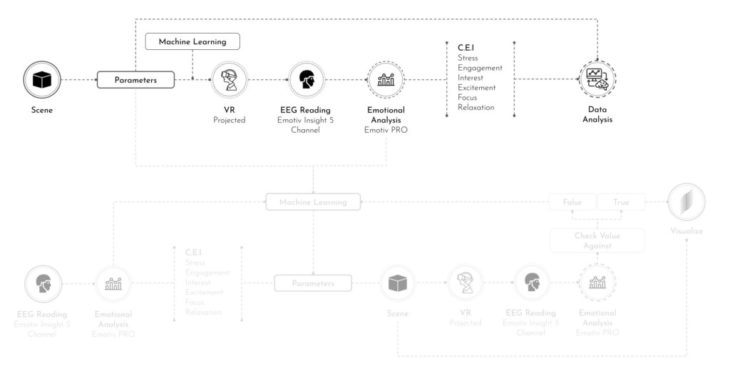
Project Background // Geometrical Spatial Parameters
Identifying 3 different categories of Geometrical behavior;
Ortholinear
Orthogonal, Straight lines with a relational 90 degrees angle between each line.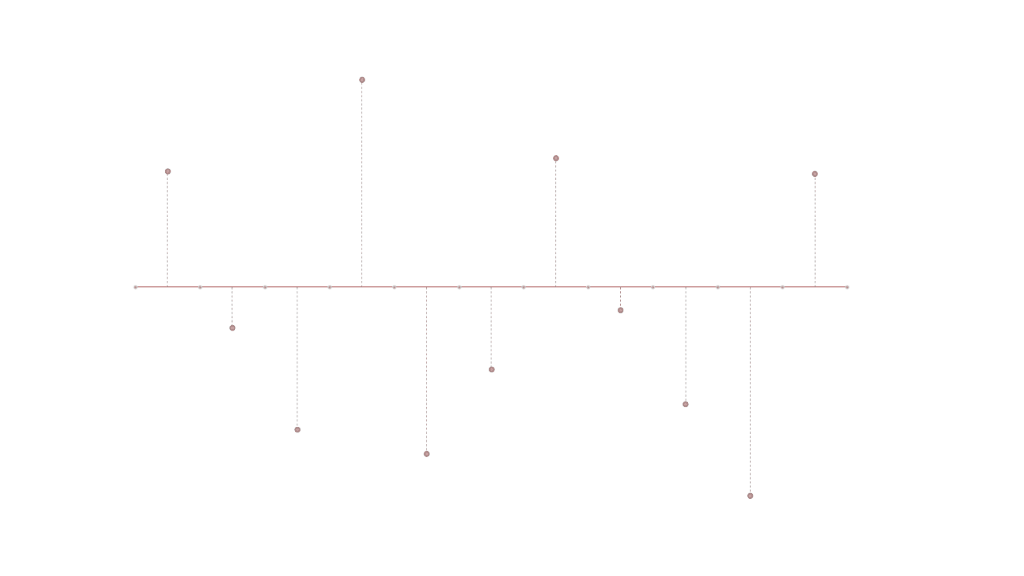
Tectonic/Origami
Angular relation between lines and surfaces with no 90 degrees and the existence of kinks between the lines create polylines.
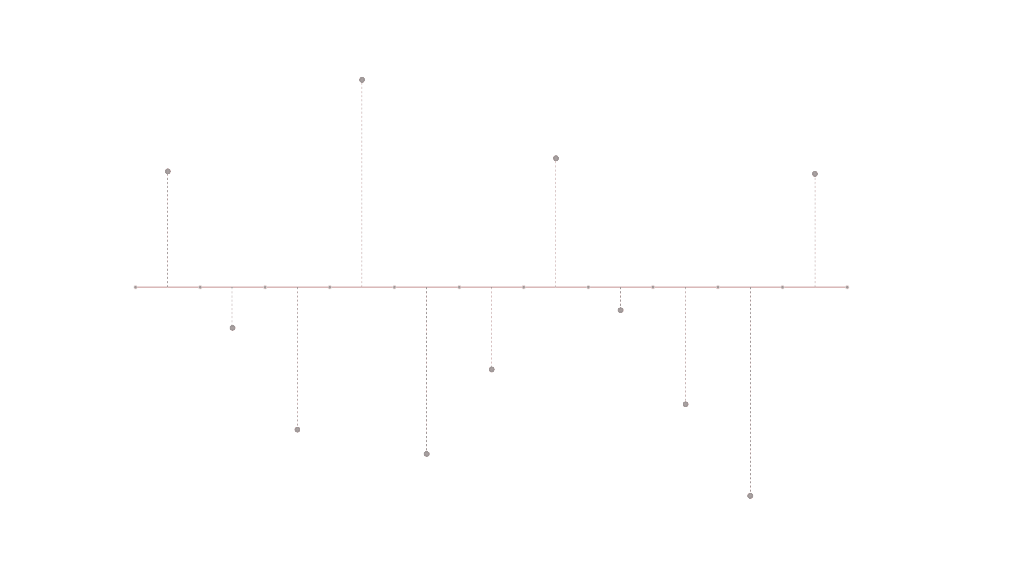
Freeform
Applying different curvature degrees to polylines and surfaces, with various curvature values.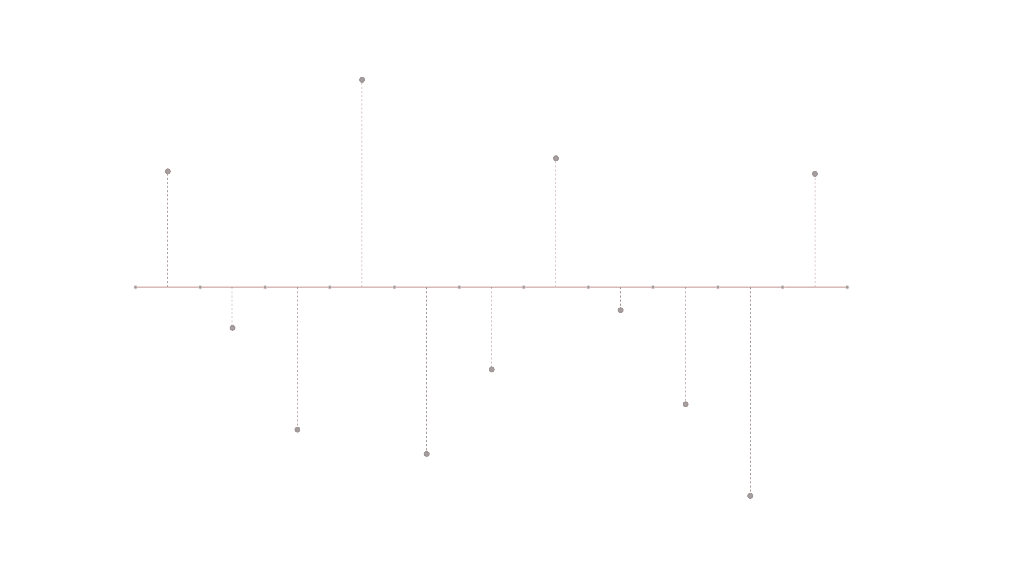
Spatial Parameter 01.0 // Angle
Spatial Parameter 01.1 // Random Angle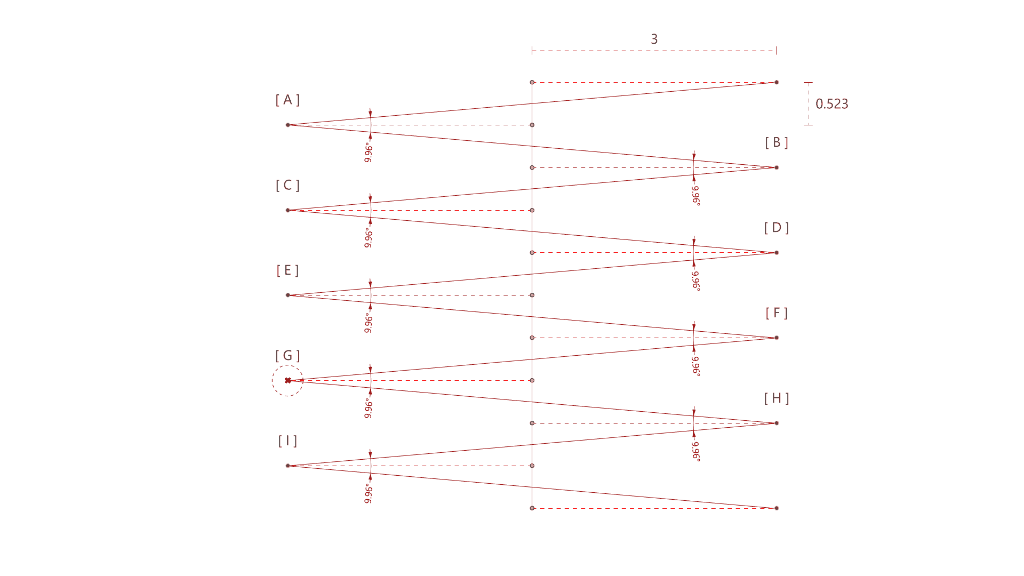
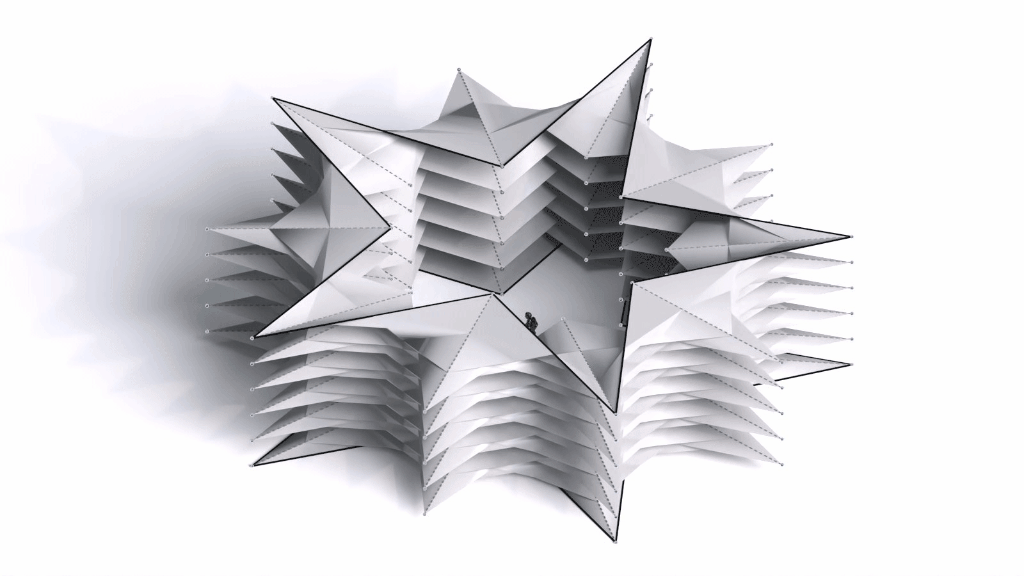
Spatial Parameter 02 // Curvature 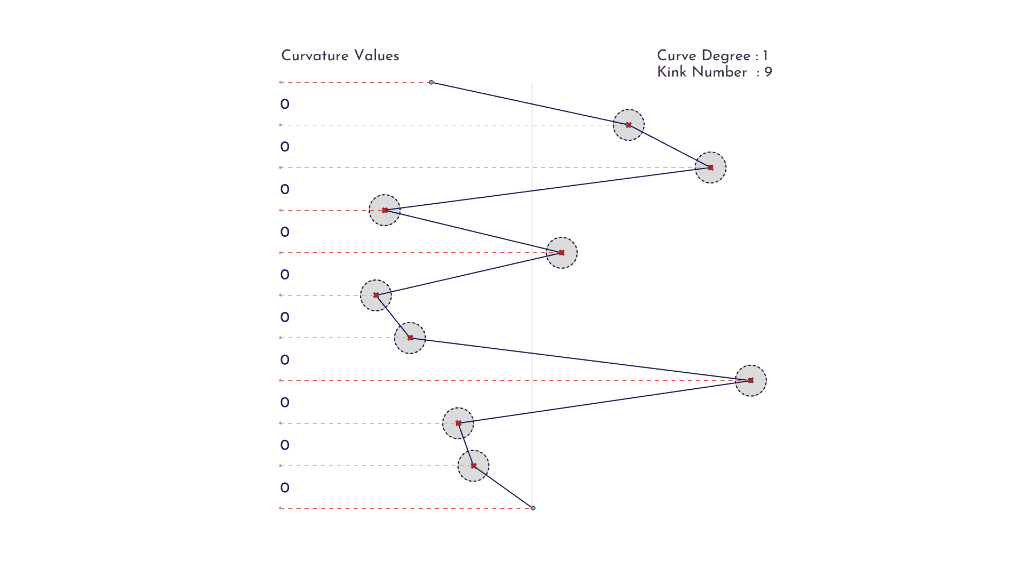
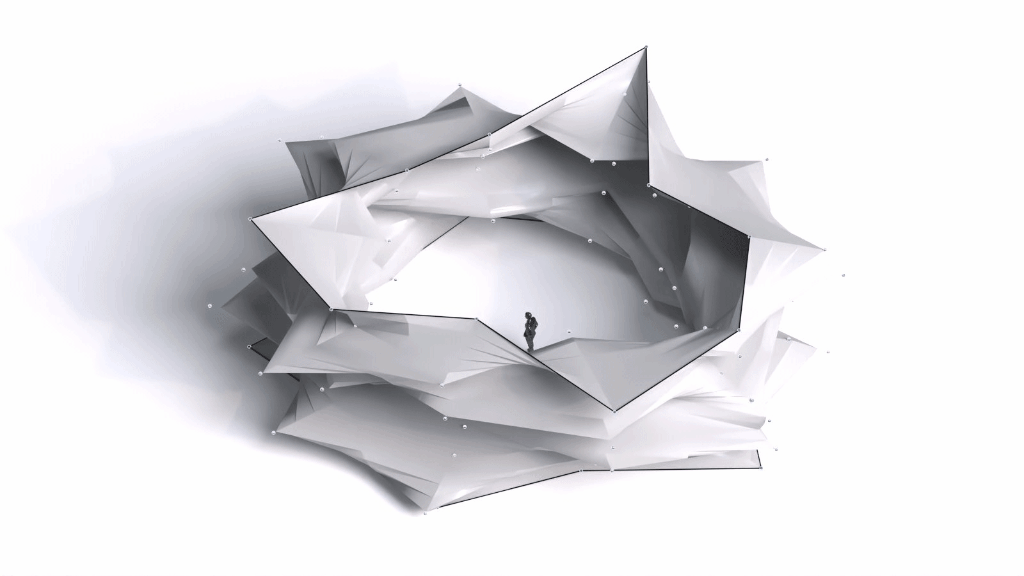
Spatial Parameter 03 // Surface Subdivision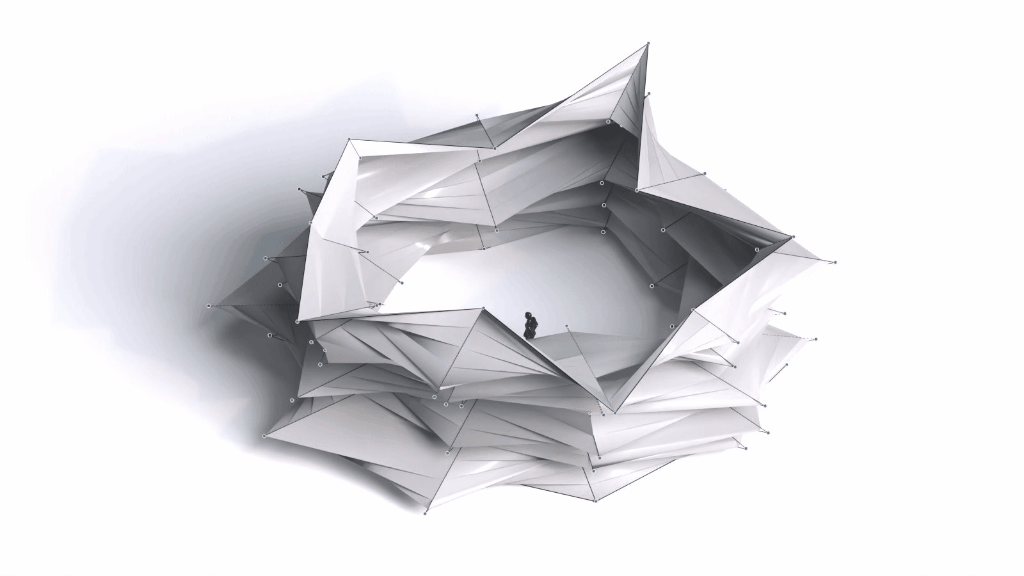
Iterations
Clustering
Parameter 01:Average Vertex Curvature
Parameter 02: Mesh Area
Parameter 03: Mesh Normal Deviation
Number of Iterations: 07
